-

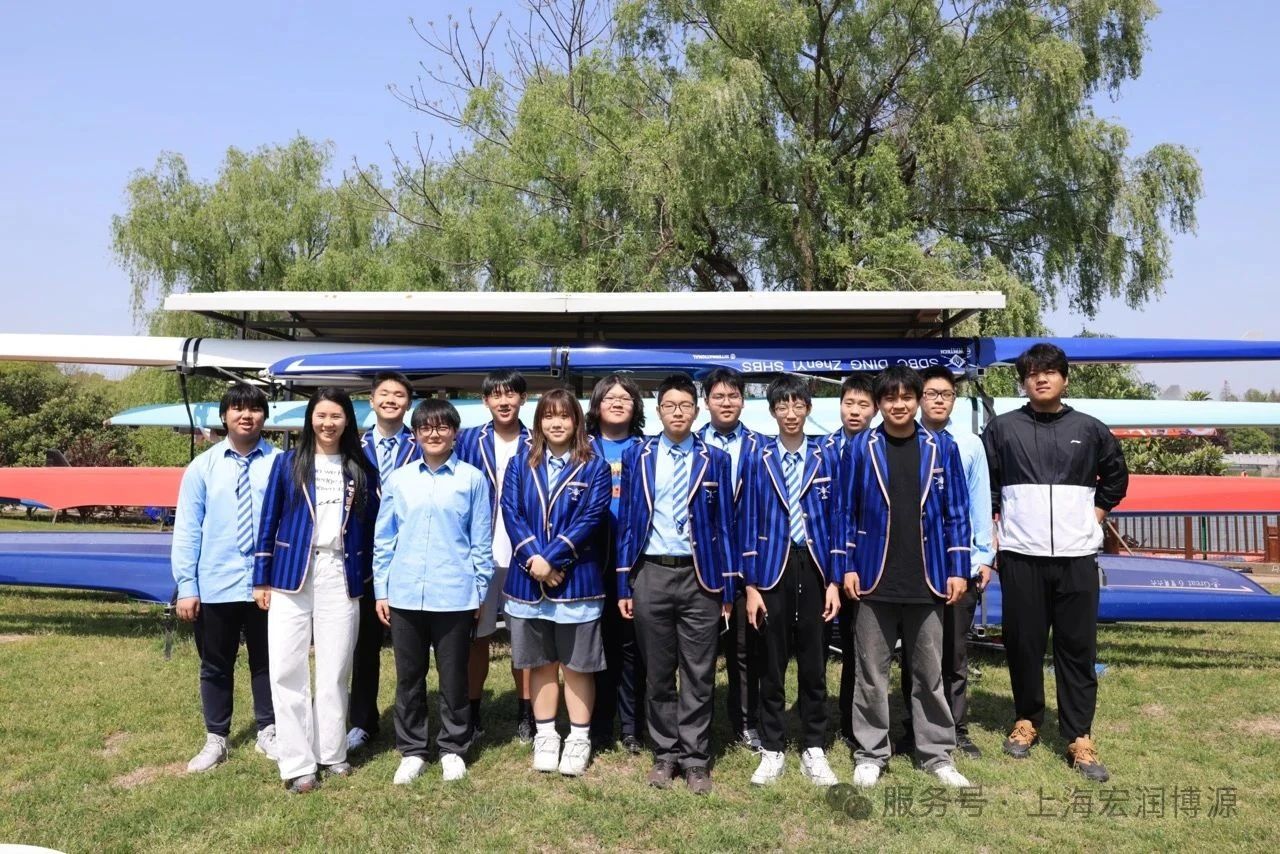 Hongrun Boyuan High School Rowing Academy | Shaping Youth Rowing Teams and Future Leaders2025-06-20
Hongrun Boyuan High School Rowing Academy | Shaping Youth Rowing Teams and Future Leaders2025-06-20 -

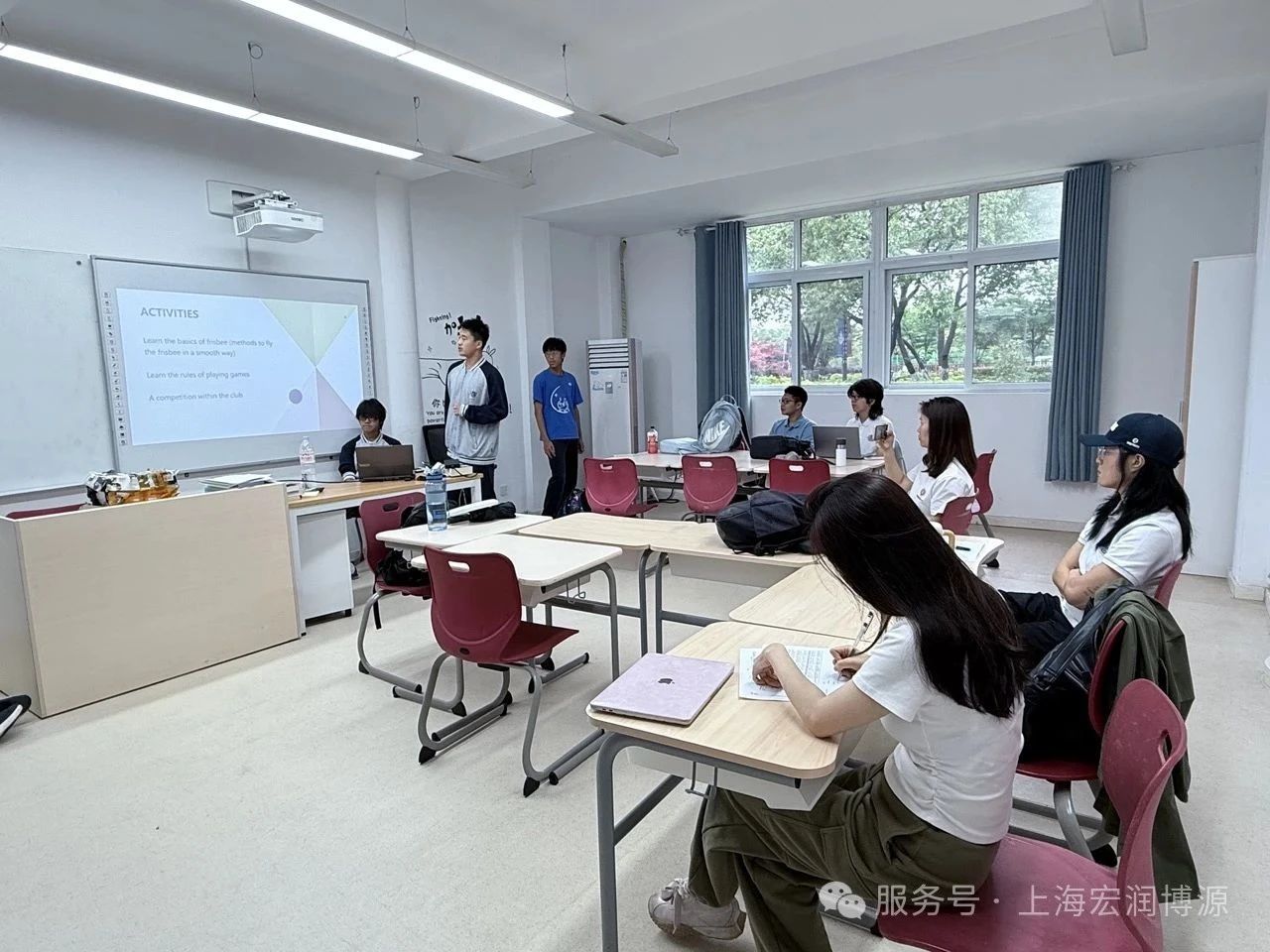 Hongrun Boyuan High School Event | A Flourishing of Talents and Vibrant Energy: 2024–2025 Second Semester Club Summary Report2025-06-18
Hongrun Boyuan High School Event | A Flourishing of Talents and Vibrant Energy: 2024–2025 Second Semester Club Summary Report2025-06-18 -

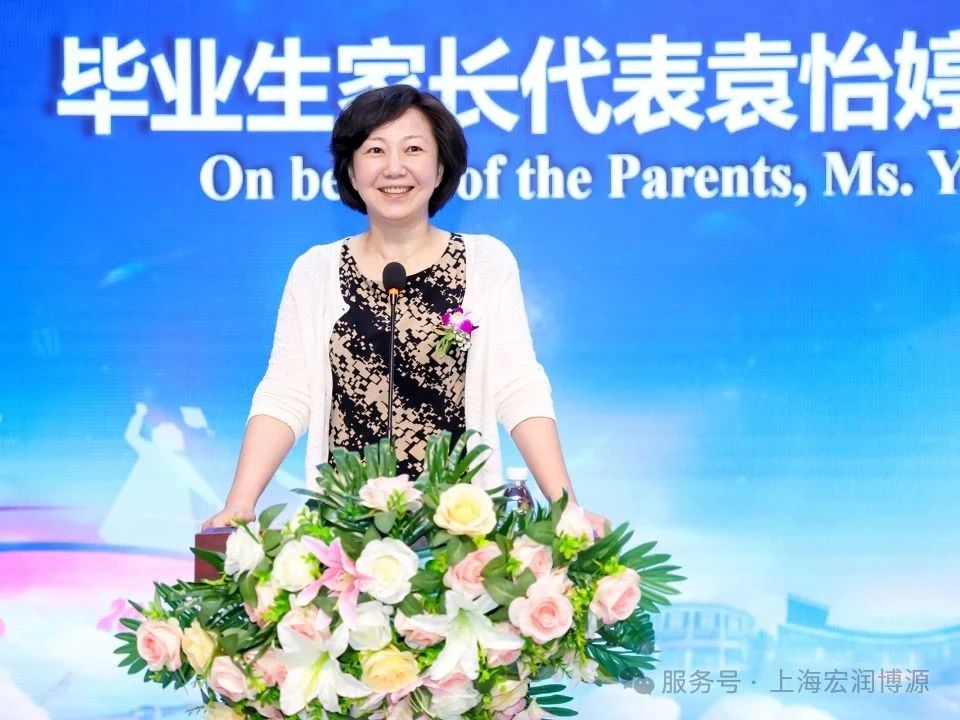 Commencement|Speech by Ms. Yuan Yiting, Parent Representative of the Graduates2025-06-06
Commencement|Speech by Ms. Yuan Yiting, Parent Representative of the Graduates2025-06-06
- 2024-12-06
- Views:905
建设健康上海
Building Shanghai Wellness
Sugar contributes to glycogen formation in the body, serving as a storage form of sugar in muscles and the liver, and provides energy for the body. Additionally, sugar has unique sensory and food processing properties. People’s preference for sugar is considered innate.
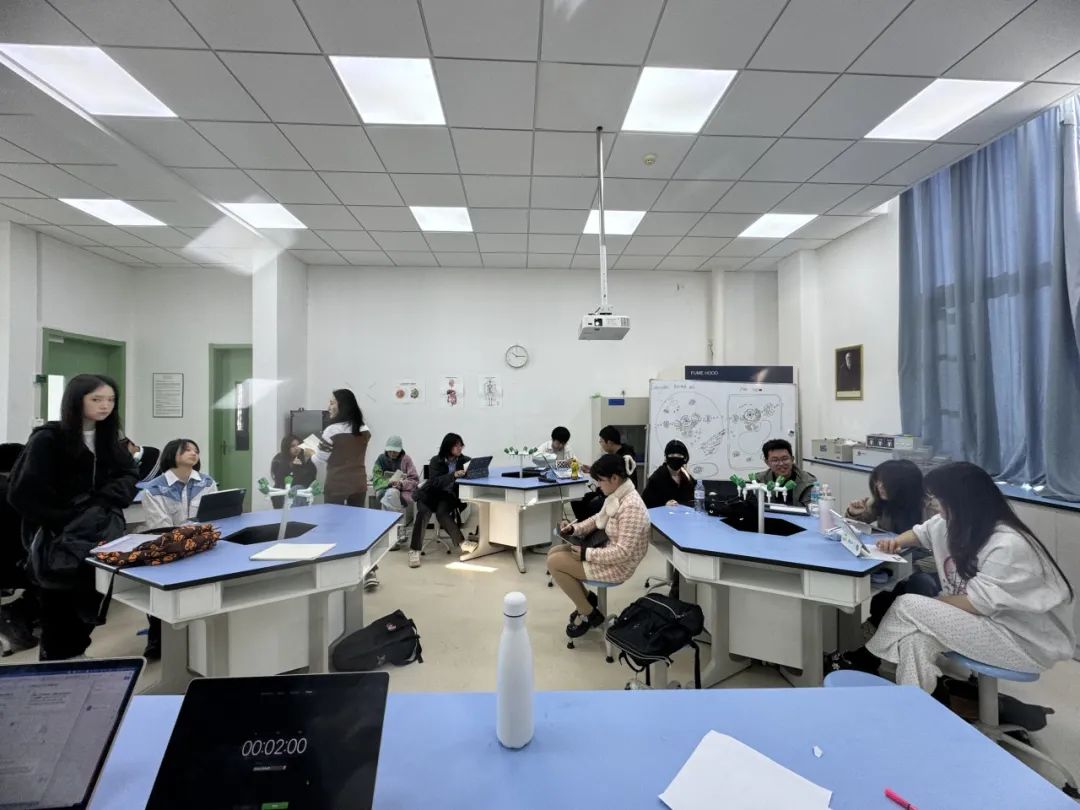
In recent years, the relationship between sugar intake and adverse health effects has drawn significant attention. Research shows that excessive sugar consumption is associated with an increased risk of obesity, dental caries, and type 2 diabetes. Meanwhile, sugar and sugary food consumption in China continues to rise. Although public awareness of the need to control sugar consumption is growing, we often consume sugar unknowingly. As high school students, do we truly understand the amount of sugar we consume daily? What changes occur in our bodies after consuming sugar? How does it affect our academic performance and daily life? Why are people attracted to products like “the first cup of milk tea in autumn”?
During this Shanghai week project, the group “Raising Awareness of Sugar-Sweetened Beverage Intake Among Adolescents” explored the health risks of high sugar consumption and analyzed how capital influences consumer behavior. Guided by our teachers, our team engaged in research, field visits, and classroom discussions to deeply understand the types of sugar, the health impacts of sugar consumption, and how marketing strategies affect consumer decisions. The project was divided into three stages: preliminary report reading and learning, company research, and result analysis. After this project, we aim to improve our peers’ knowledge of sugar consumption, promote healthier lifestyle choices, and help students make informed dietary decisions to safeguard their health.
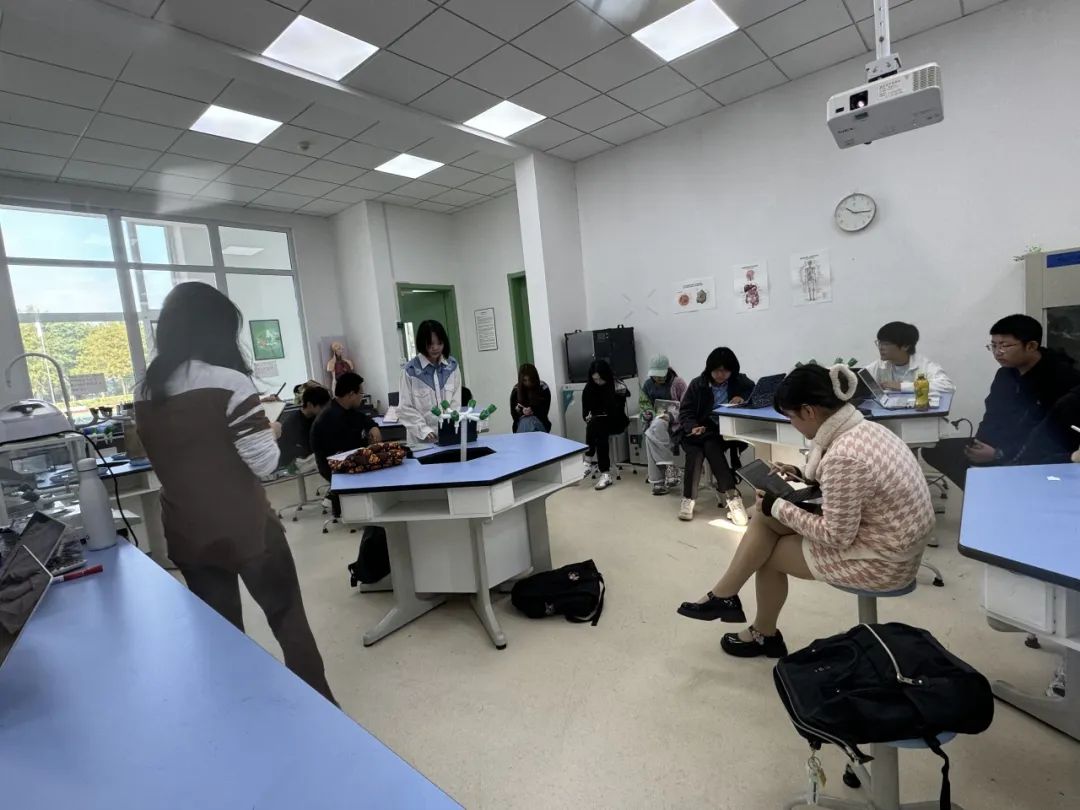
At the beginning of the project, our mentors guided us through a systematic study of the basics of sugar, helping us recognize its widespread presence in daily life and food. We also explored the multidimensional reasons behind human sugar addiction.
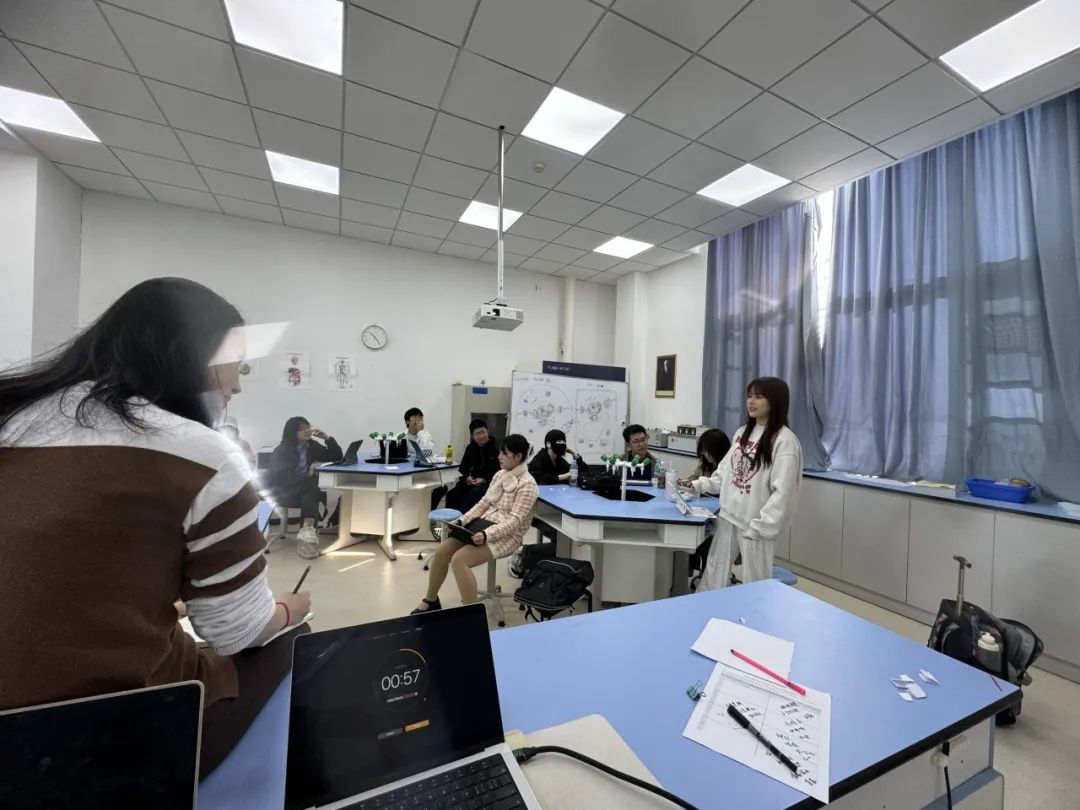
1. Brain Reward System
Dopamine Release: When we consume sugar, our brain releases dopamine, a neurotransmitter associated with pleasure and reward. This activation of the brain’s reward center gives us a sense of happiness and satisfaction.
Habit Formation: Over time, sugar consumption can lead to dopamine dependence, encouraging people to seek sugar repeatedly for the same pleasurable feeling, thus forming a habit.
2. Physiological Responses
Blood Sugar Fluctuations: After consuming sugar, blood sugar levels rise rapidly and then drop sharply. This fluctuation may cause cravings for sugar to quickly restore energy.
Insulin Response: A high-sugar diet stimulates insulin secretion. Prolonged high sugar intake can lead to insulin resistance, further increasing sugar dependence.
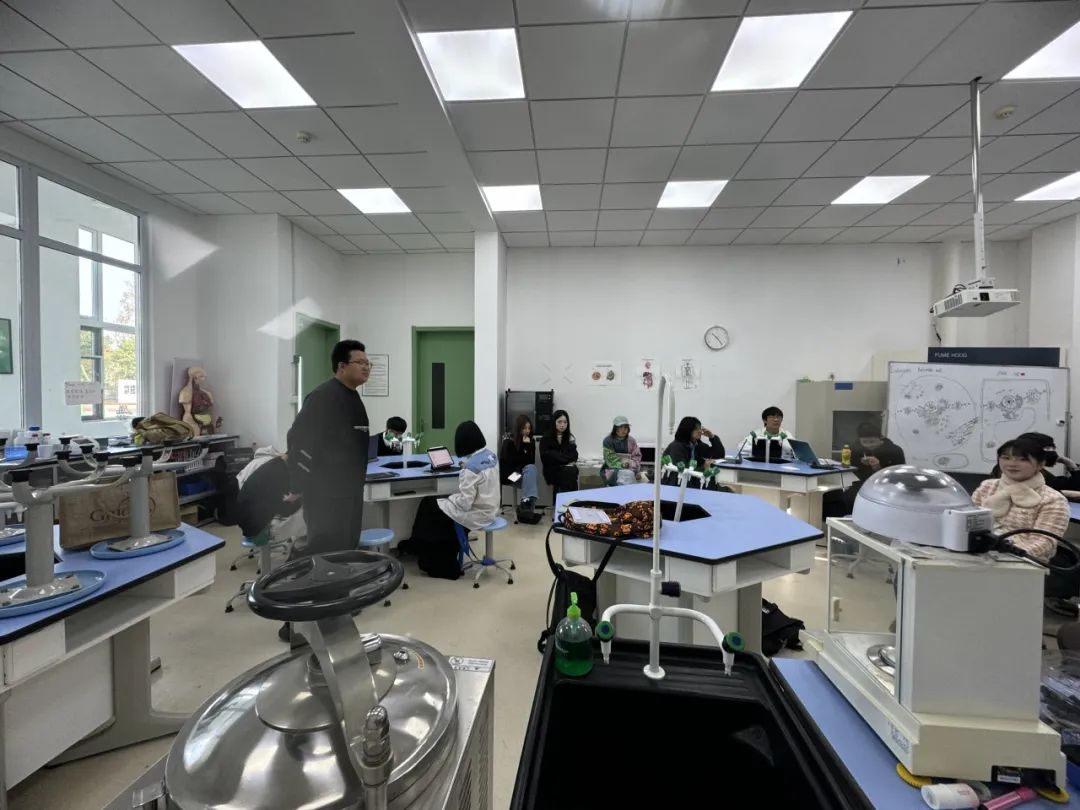
3. Psychological Factors
Emotional Regulation: Many people consume sugar during times of stress, anxiety, or depression as a way to regulate emotions. Sugar intake can temporarily improve mood, creating emotional reliance.
Cultural and Social Influences: In many cultures, sugar is seen as a symbol of reward or celebration, which deepens people’s cravings through societal reinforcement.
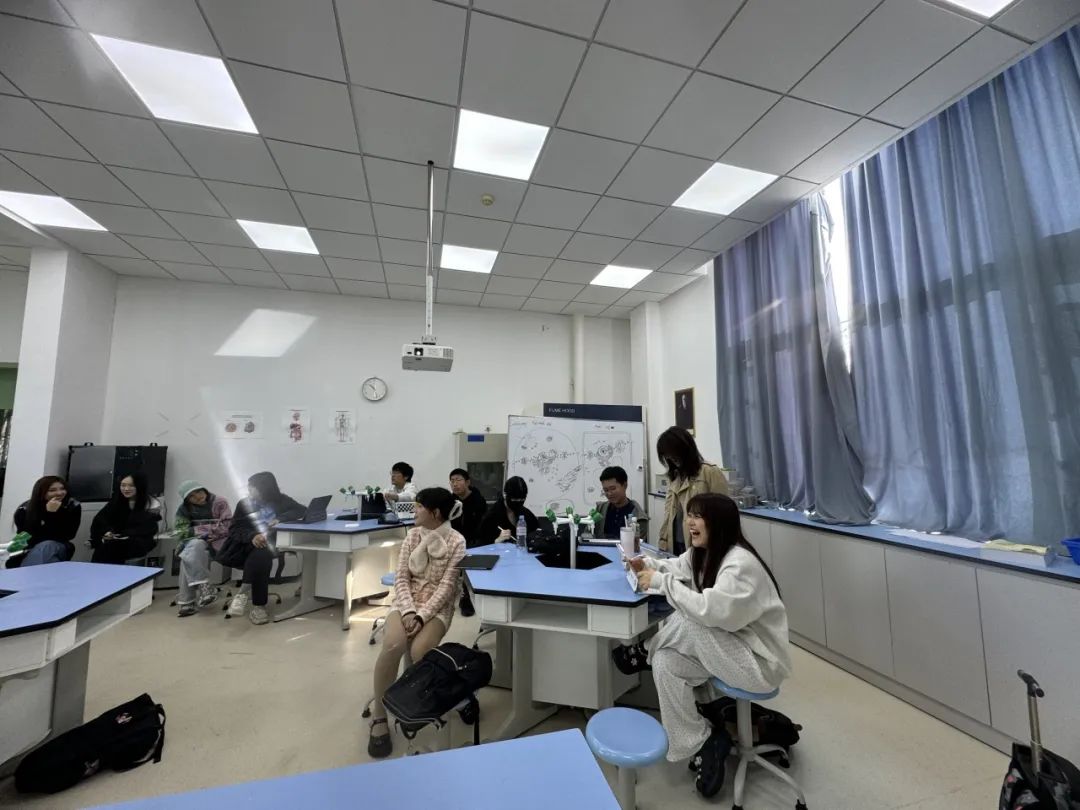
The relationship between sugar consumption and the brain’s reward mechanisms, physiological responses, psychological factors, and genetic susceptibility highlights the complexity of sugar addiction. Understanding these mechanisms is essential for better control of sugar intake.
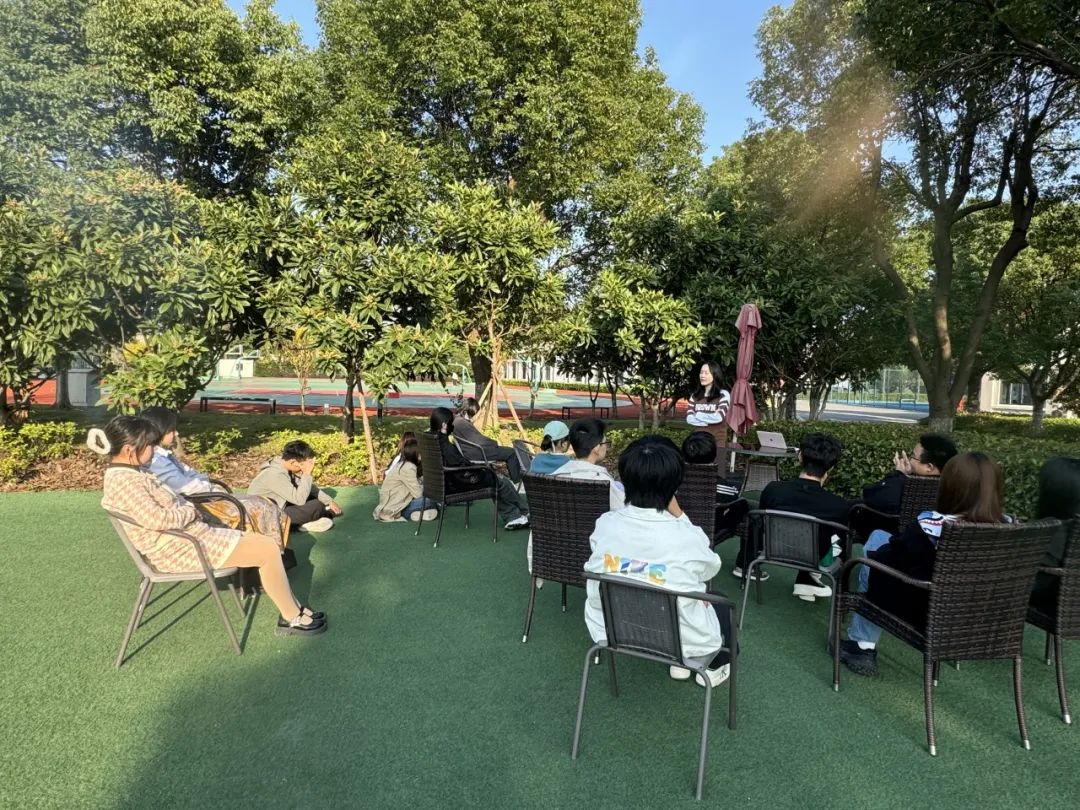
Following this, we organized a lively debate on the pros and cons of drinking milk tea. Project members were randomly assigned roles as either debaters or judges, resulting in two teams of five and a panel of judges. The debate was dynamic and thought-provoking, with participants delivering compelling arguments. The affirmative side argued from the perspective of milk and tea’s nutritional value, their social role for teenagers, and the emotional value and reward system activation provided by milk tea. The opposition countered with arguments about the health issues caused by sugar content, milk tea addiction and mental health, and the role of capitalism in manipulating consumers. When discussing the viral topic of “the first cup of milk tea in autumn,” students rationally pointed out that this is a strategy driven by capital forces.
“The First Cup of Milk Tea in Autumn” is a phenomenon on social media symbolizing care and affection during seasonal transitions. However, there are many ways to express love and care—milk tea is just one of them. What truly matters is the emotion and intent behind the gesture, not the material form itself. Furthermore, recent years have seen a trend toward gifting healthier products. According to the White Paper on Healthy Gift-Giving Trends, 72% of young people now prefer choosing health-related gifts over sugary drinks like milk tea, highlighting a shift in preferences.
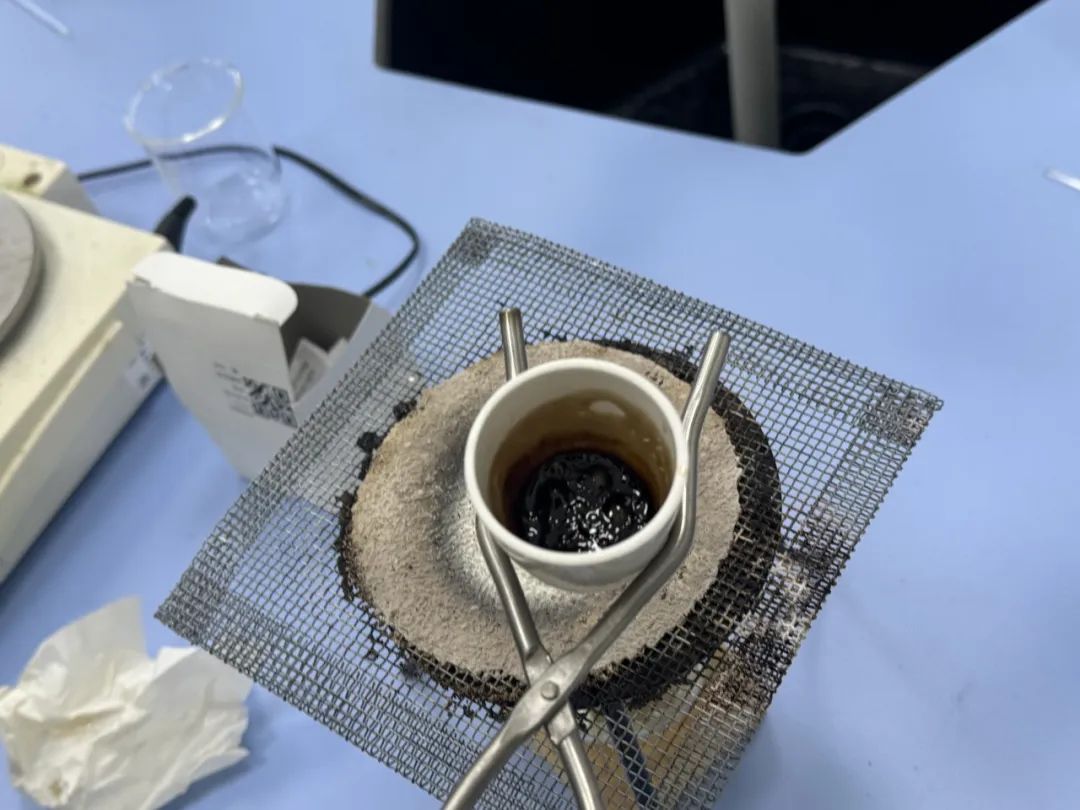
From the opposition’s argument
Guided by project mentors, we carefully reviewed “The Sugar Intake Levels and Risk Assessment of Urban Residents in China”. This report revealed that the average daily sugar intake of Chinese urban residents aged three and above is 9.1g/person, far below the recommended upper limit of 50g (or 25g) per day set by the Chinese Dietary Guidelines and WHO’s recommended energy contribution of 10% of total dietary energy. However, we cannot be overly optimistic, as 4.1–4.8% of children and adolescents aged 3–17 already exceed the 10% limit, and their sugar consumption is growing annually. These findings highlight the need to focus on sugar intake among Chinese adolescents.
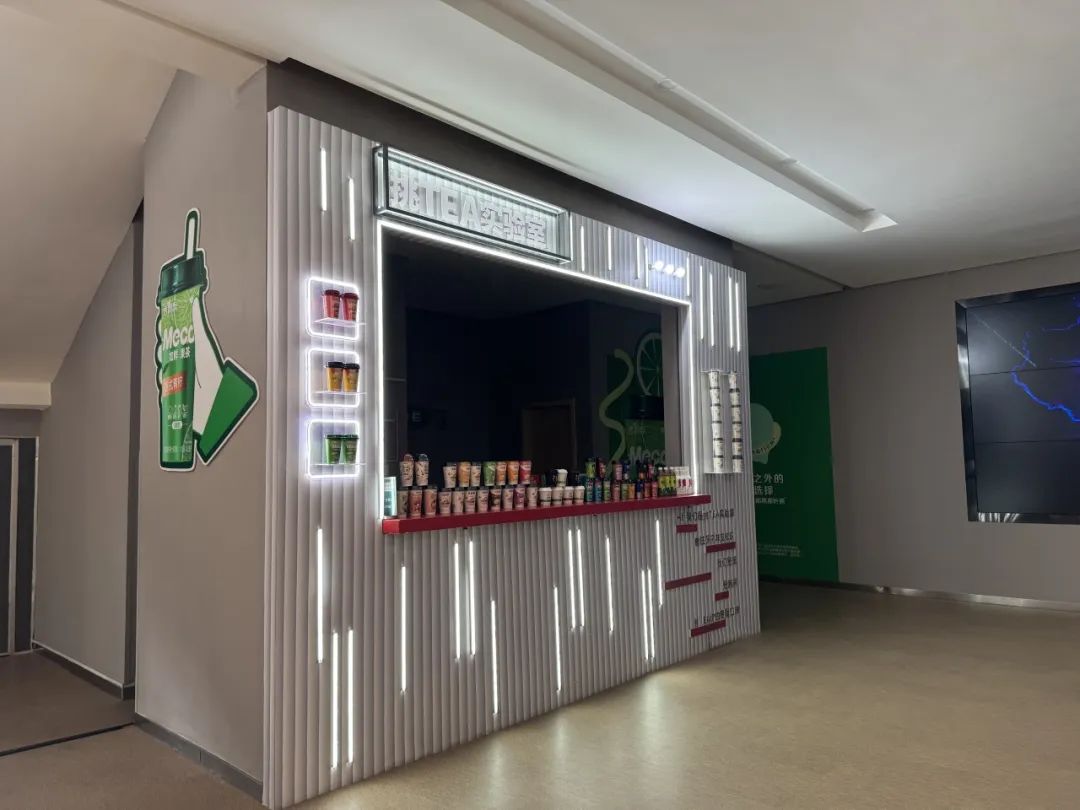
The second day involved a field visit to the Huzhou factory of Xiangpiaopiao, where we engaged in collaborative research with product development, marketing, and branding leaders. We toured the production line and transformed into brand managers to co-develop a project with Xiangpiaopiao’s team. This included designing integrated marketing plans for milk tea/juice tea products with IP collaborations, such as a Chinese New Year gift box with The Calabash Brothers. Through this workshop, we gained systematic knowledge of branding, product development, and marketing strategies, providing insights into the brand’s positioning in the teenage market.
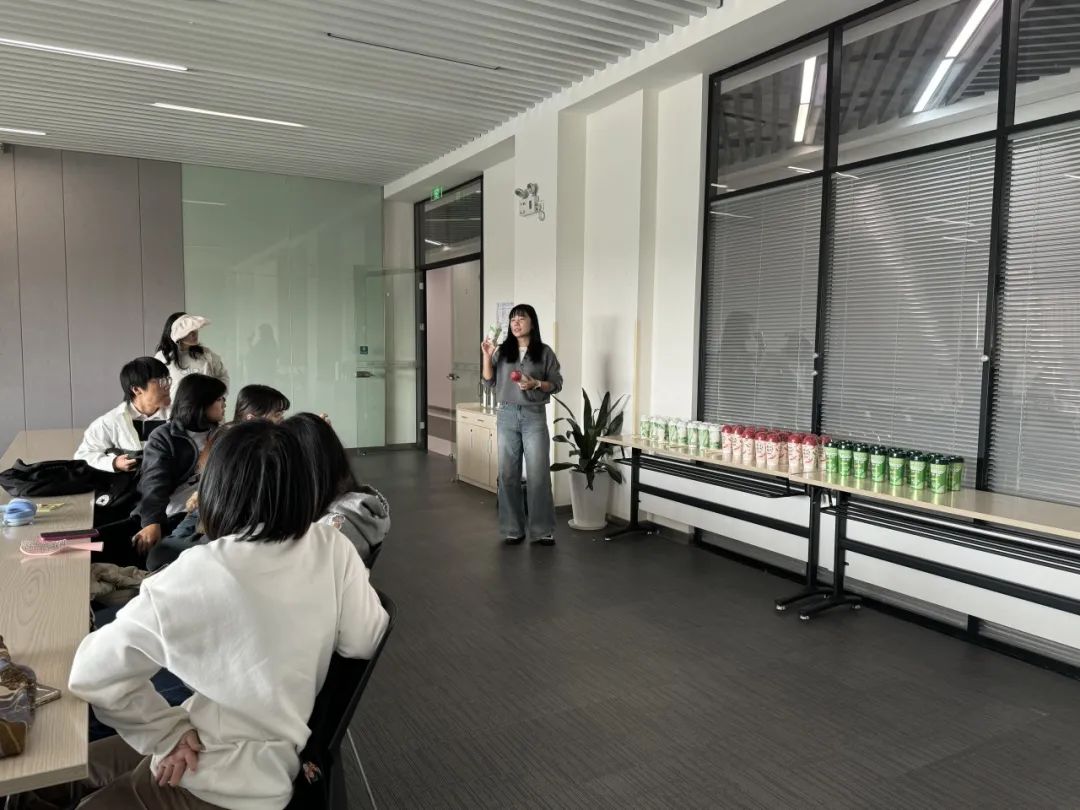
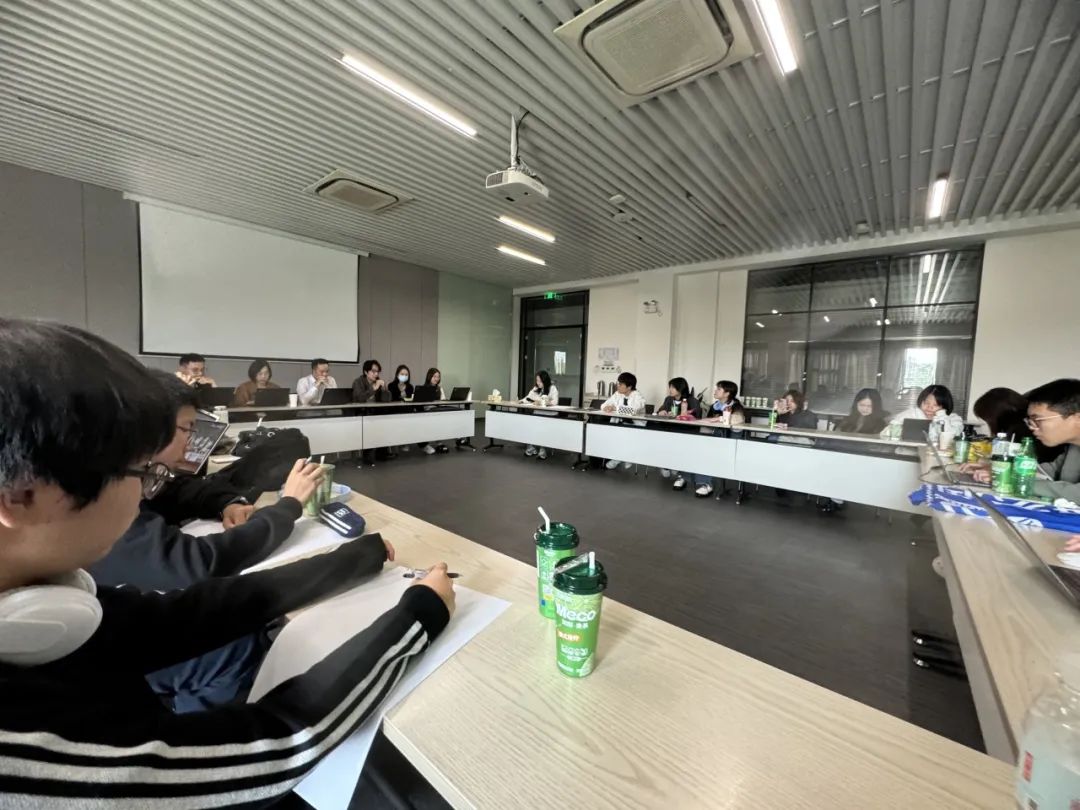
In the final stage, we attended a lecture by a Zhongshan Hospital expert on “Scientific Sugar Control through Integrative Medicine.” This lecture deepened our understanding of sugar’s impact on human health and the importance of scientific sugar control. We also learned about Singapore’s graded beverage labeling system and Shanghai’s pilot program for labeling sugar levels in milk tea, which started in April, helping consumers make healthier choices.
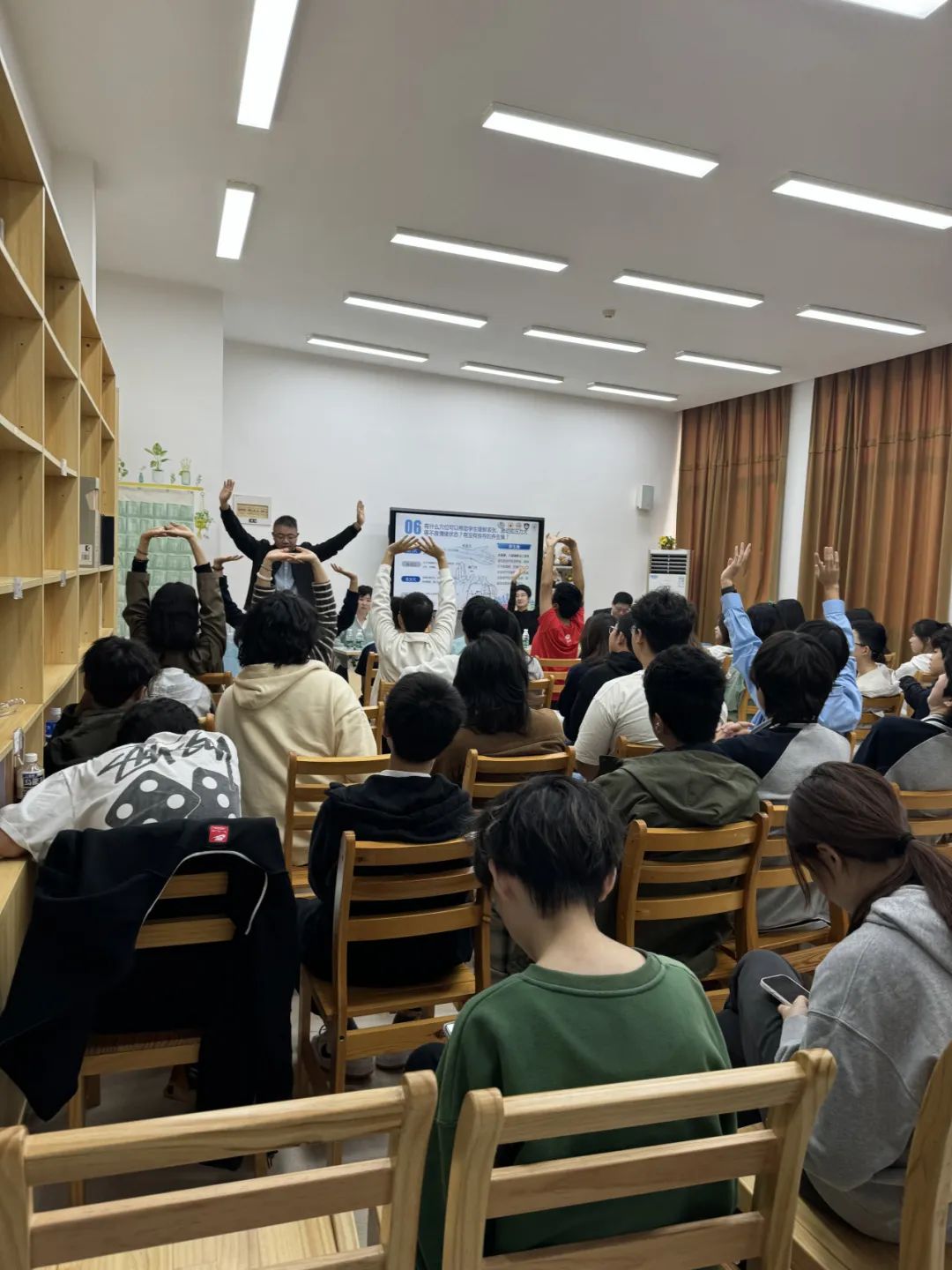
The project explored the types and functions of sugar, analyzed the current sugar intake of Chinese residents, and revealed trends in unhealthy dietary structures. It also examined the relationship between sugar consumption and health issues like obesity and diabetes, enhancing public awareness of healthy eating. From a capitalist perspective, the project investigated how brands shape consumer demand through marketing. For example, during the co-creation project with Xiangpiaopiao, we learned how capital drives demand and influences consumption. The brand is also making continuous efforts to develop health-conscious products to improve its image and competitiveness.
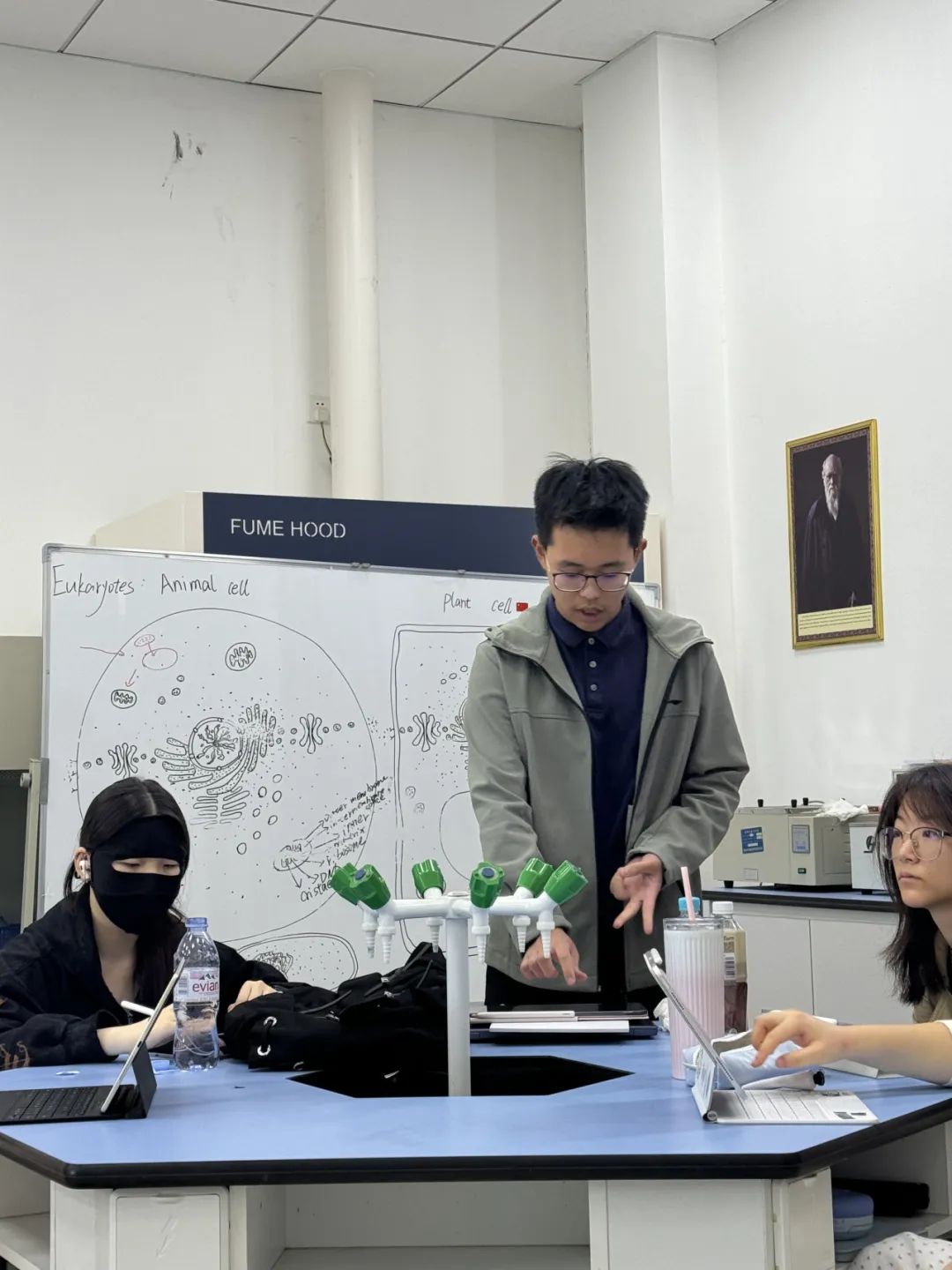
Additionally, we studied Singapore’s beverage grading system, understanding how other nations educate citizens on sugar intake. Our team members also learned to interpret beverage ingredient labels, gained a clearer understanding of sugar content, and shared this knowledge with peers. This initiative promotes healthier eating habits among community adolescents and guides more rational and health-conscious consumer behavior.








